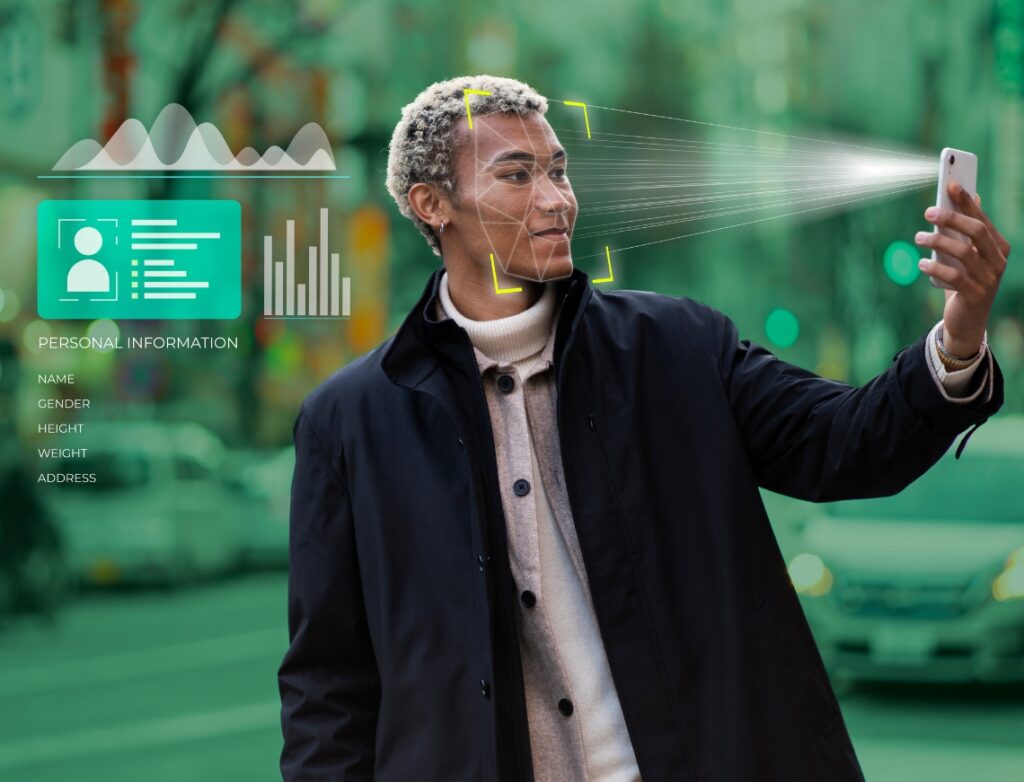
Top Intelligent Character Recognition Trends 2025
In 2025, Intelligent Character Recognition (ICR) stands at the forefront of data automation, transforming how businesses and governments process handwritten In 2025, Intelligent Character Recognition (ICR) stands at the forefront of data automation, transforming how businesses and governments process handwritten and printed documents. As organizations strive for efficiency, accuracy, and compliance, ICR technologies have evolved to meet these demands. This article delves into the emerging intelligent character recognition trends, highlighting its significance in various sectors and its future trajectory. What Is Intelligent Character Recognition (ICR)? Intelligent Character Recognition (ICR) is an advanced form of Optical Character Recognition (OCR) that utilizes artificial intelligence (AI) and machine learning algorithms to interpret and digitize handwritten text. Unlike traditional OCR, which primarily focuses on printed text, ICR can recognize diverse handwriting styles, making it invaluable for processing forms, invoices, contracts, and other documents with handwritten content. These intelligent character recognition trends are shaping how businesses handle manual data entry. The core advantage of ICR lies in its adaptability. Over time, it learns from new handwriting samples, improving its accuracy and efficiency. This continuous learning process enables ICR systems to handle a wide range of documents, from neatly written forms to more challenging, cursive handwriting. Why ICR Matters in 2025 The significance of ICR in 2025 is underscored by several factors: Key Trends in ICR for 2025 1. Integration of AI and Machine Learning The integration of AI and machine learning into ICR systems enhances their ability to recognize and process complex handwriting. These technologies enable ICR systems to: 2. Real-Time Data Processing In 2025, there’s a growing demand for real-time data processing. ICR systems are evolving to meet this need by: 3. Enhanced Accuracy and Reliability Advancements in AI and machine learning contribute to significant improvements in the accuracy and reliability of ICR systems: 4. Cloud-Based ICR Solutions Cloud computing offers scalability and flexibility, making it an attractive option for deploying ICR solutions: 5. Industry-Specific Applications ICR technology is being tailored to meet the specific needs of various industries: Challenges Facing ICR Adoption Despite its advantages, the adoption of ICR faces several challenges: The Future Outlook for ICR Looking ahead, the future of ICR appears promising: Conclusion Intelligent Character Recognition (ICR) is poised to play a pivotal role in the digital transformation of document processing in 2025. By leveraging AI and machine learning, ICR systems offer enhanced accuracy, real-time processing, and industry-specific applications, addressing the evolving needs of businesses and organizations. While challenges remain, the continued advancement of ICR technology promises a future where handwritten data is seamlessly integrated into digital workflows, driving efficiency and innovation across sectors. FAQ’s
